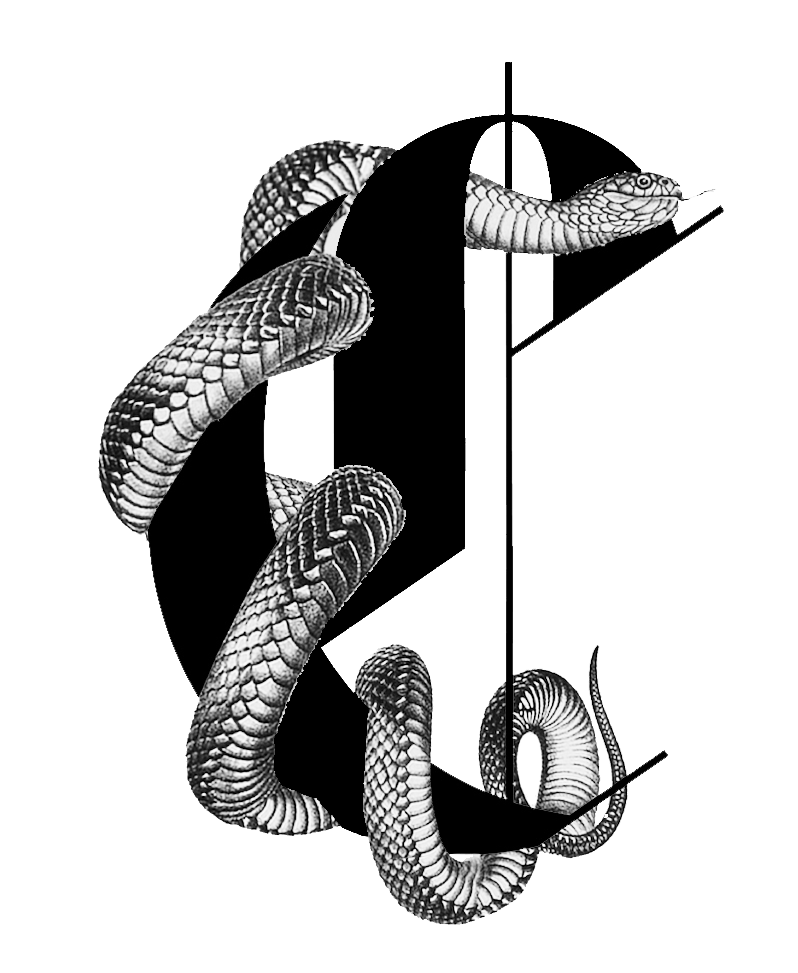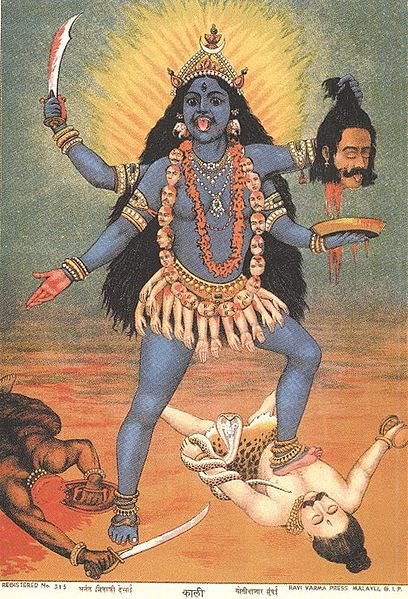India’s most beautiful and fierce Gods & Goddesses.
Kali also referred to as Mahakali, Bhadrakali, and Kalika (Sanskrit: कालिका), is a Hindu goddess who is considered to be the goddess of ultimate power, time, destruction and change in Shaktism. In this tradition, she is considered as a ferocious form of goddess Mahadevi, the supreme of all powers, or the ultimate reality.
Kali, meaning both black and time, is the fiercest of them all. She is the most misunderstood goddess who kills every demon with her 18 arms, and has a raging temper with her swords and daggers. She can create and destroy with her might, and often needs help harnessing her intensity.
Kali is the coloured woman who is doubly oppressed, but her subtlety lies in the fact that she is not simply a destroyer; she is instead the triumph over death, the woman that has her self-defences down. She is the woman who knows that she’s got to survive in order to win the battle.
At a more spiritual level, she does not symbolise, as many believe, the void, but rather the eternal darkness that surrounds us and into which we meditate. She is the violence that can be softened, the hardness that can be viewed as fear and respected. She is, in a way, the goddess of loss, accumulating power by slaying it.
This one might surprise you but Ganesh was traditionally feared and revered.
Ganesh (also spelled Ganesa or Ganesha and known as Ganapati, Vinayaka and Pillaiyar) is the Lord of Good Fortune who provides prosperity, fortune and success. He is the Lord of Beginnings and the Remover of Obstacles of both material and spiritual kinds. Interestingly, he also places obstacles in the path of those who need to be checked.
Ganesh (also spelled Ganesa or Ganesha and known as Ganapati, Vinayaka and Pillaiyar) is the Lord of Good Fortune who provides prosperity, fortune and success. He is the Lord of Beginnings and the Remover of Obstacles of both material and spiritual kinds. Interestingly, he also places obstacles in the path of those who need to be checked.
Because of these attributes, Ganesh is widely revered by almost all castes and in all parts of India, regardless of any other spiritual affiliations. His image is found everywhere, in many different forms, and he is invoked before the undertaking of any task. Ganesh is also associated with the first Chakra, or energy wheel, which underpins all of the other Chakras and represents conservation, survival and material well-being. He is considered to be a patron of the arts and sciences and of letters. Devotees believe that if Ganesha is worshiped, he grants success, prosperity and protection against adversity. In a lesser known role, Ganesh is also the destroyer of vanity, selfishness and pride.
In Shaivism, he is a powerful manifestation, or avatar, of Shiva associated with annihilation. In Trika system Bhairava represents Supreme Reality, synonymous to Para Brahman. Generally in Hinduism, Bhairava is also called Dandapani ("[he who holds the] Danda in [his] hand"), as he holds a rod or Danda to punish sinners, and Swaswa, meaning "whose vehicle is a dog". In Vajrayana Buddhism, he is considered a fierce emanation of boddhisatva Mañjuśrī, and also called Heruka, Vajrabhairava, and Yamantaka.



